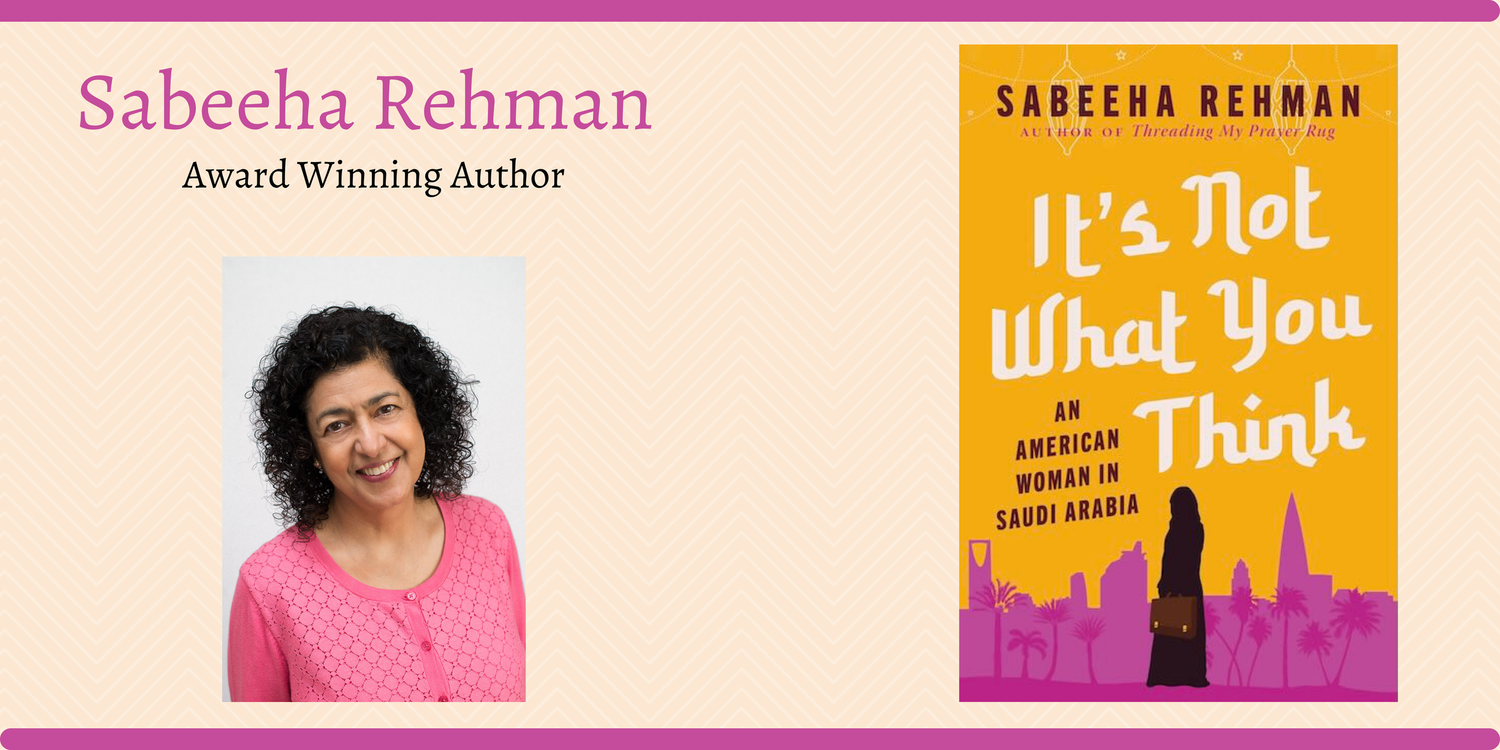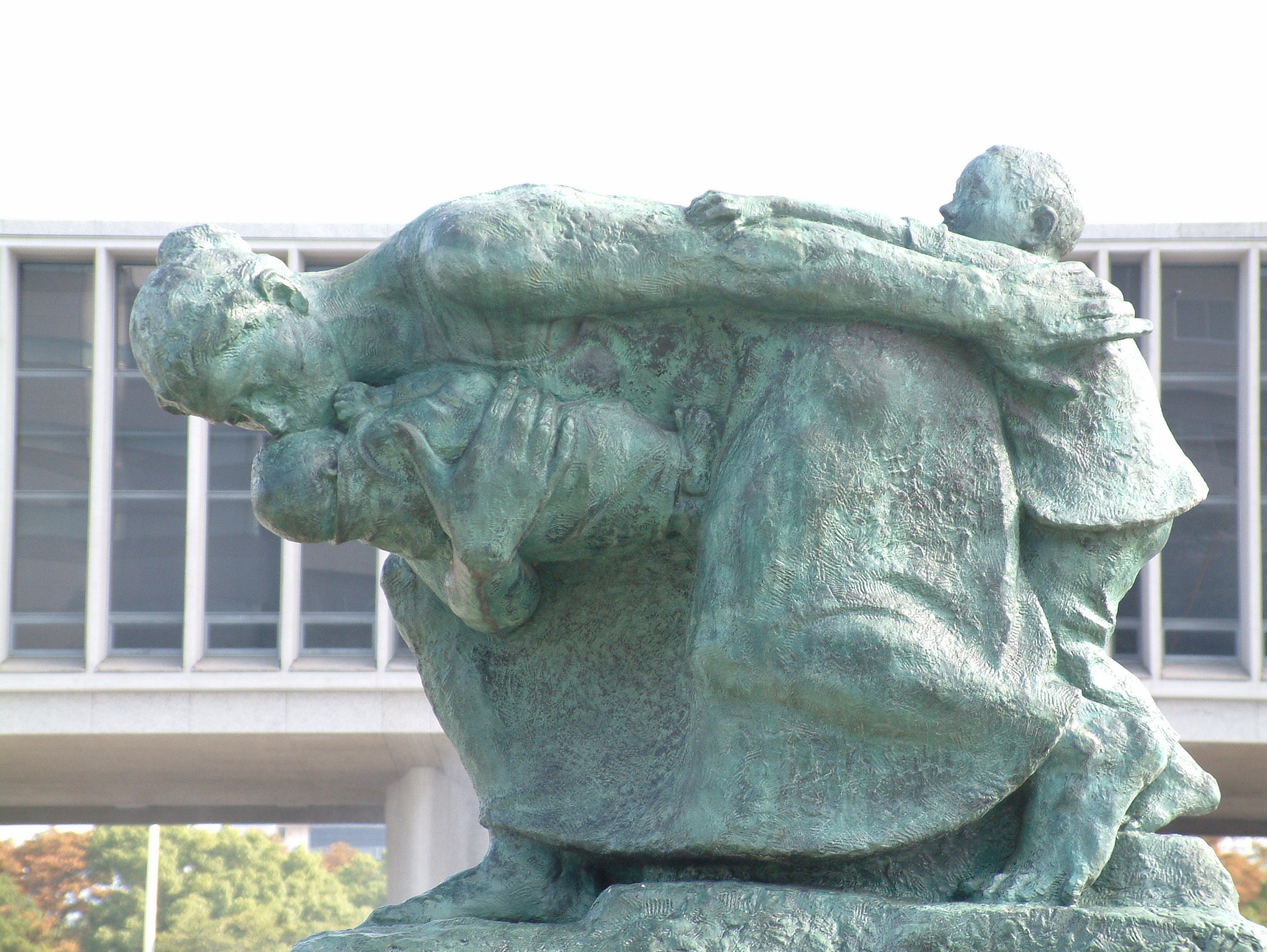As President Biden visits Hiroshima, I share my travelogue penned in August 2004.
Nothing Will Grow for 75 Years
“The next autumn in Hiroshima, where it was said that nothing will grow for 75 years, new buds sprouted, and in the green that came to back to life among the charred ruins people recovered their living hopes and courage.” A tree in the Peace Park had burnt down and only a sliver of a tree trunk had remained standing, all hollow and burnt. It grew back! That tree was transplanted in this park.
The transplanted tree School being conducted outdoors
Hiroshima Red Cross Hospital escaped collapse and became the relief headquarter. The destroyed city moved immediately to treat the wounded. Recovery proceeded at a rapid pace because of the enactment of the Hiroshima Rebuilding. But emergency restoration measures were taken immediately and over time, people resolutely turned towards re-building; materials from destroyed buildings were used to erect barrack-style temporary housing, and the Atomic Bomb Casualty Commission was established to study the long-term effects of the A-Bomb on the human body. Restoration of railroads and transportation began. By December, streetcar services resumed in parts of the city. Makeshift barracks were washed away in the typhoon that year.
Speak No Evil, Hear No Evil
The Allied Forces occupied Japan for 6 years and 8 months. Hiroshima was placed under the governance of the British Commonwealth forces. There was strict censorship in publishing and broadcast reporting, particularly severe censorship of material related to the A-Bomb delayed for years full reporting of the damage done. As a result, the Japanese people only very slowly came to understand the devastation and implications of the atomic weapons. Certain parts of books written about the A-Bomb were cut out and sale of pictures related to the A-Bomb was forbidden. The psychological pressure on writers was immense.
A-Bomb Babies
Japan’s A-Bomb disease research restricted during the occupation finally began to progress after Japan’s independence. Only then did the suffering of the after-effects of the bombing on the human body become clear. In 1957 a medical law was put into effect and in 1968 a special welfare law was enacted. Many children exposed to radiation in their mother’s womb were born with what became known as A-Bomb Microcephaly, retardation, and physical disabilities. They have survived to this day due to the tender care of relatives. (At this point, I broke down, choking with tears. As I fumbled for a tissue, I heard the grateful sound of a sniffle from the woman next to me, and I was able to wipe away my tears in public without feeling embarrassed).
The Healing Began
In June 1952, a fundraising campaign initiated by writers raised sufficient funds to send 9 young survivors to Tokyo for medical treatment. And then with help from home and abroad, some went to the U.S. and the healing of relations between the U.S. and Japan began. Hiroshima Peace Memorial Peace Reconstruction Law paved the way for a plan that eventually symbolized Hiroshima’s rebirth. Much aid that helped restore Hiroshima was received from overseas. Funds obtained from the Hiroshima Prefecture of California were one of them.
A Time to Remember
Every year in August, this event is commemorated in the Peace Park. The names of the confirmed victims are put in the Register. Some survivors have resolved to share their experiences with the young generations who know nothing of war. Their ability to speak from personal experience enhances Hiroshima’s ability to teach the lessons of the A-Bomb. Most of these eyewitnesses are over 65 years old.
The Museum is situated in the Peace Park. The Peace Park is dotted with memorials. At its entrance is a statue of a mother crouching, trying to shield her child, while another child hangs onto her back. In the Cenotaph, an arch, the names of all the known victims are housed. Beyond that is the Peace Pond and then the Peace Flame, which will only be extinguished when there are no more atomic weapons in the world. At the edge of the park is the Children’s Peace Memorial. This little girl survived the bombing but later developed Leukemia. She believed that if she could make 1,000 paper cranes (origami), she would live. She had made 600 cranes when she died. After her death, children all over Japan made the remaining 400 cranes. The city built a memorial in her memory, and to this day, children from all over Japan continue to make paper cranes, sending hundreds and thousands of them to her memorial. The memorial has a statue of a child holding a crane and is encircled by glass cubicles, filled with colorful paper cranes that keep coming day after day. It is one of the most touching sights in Peace Park—a tribute to a child.
The Memorial to the Bomb Victims houses the Hall of Remembrance, a circular hall with a wall studded with 140,000 tiles, as many as there were victims. It houses a research room where using the interactive screen, you can look up the names of the victims and read accounts of their lives. People sit there quietly, looking through screens and screens of information. It has 10,491 names (no Korean victim names). When the bomb was dropped, all official documents had been destroyed. 350 people were estimated to have been in this location alone when the bomb was dropped.
Out in the park, people silently pay tribute to the victims. This event took place 60 years ago; it is the third generation, yet the nation silently remembers those who perished. Some come and place flowers by the Cenotaph, and some stand by one of the scores of memorials, reflecting. My attention was caught by a young man, in a suit, early on a weekday morning, standing silently and looking at the inscription on the black granite stone on the ground. He had his suit jacket swung over his shoulder (it was very hot), and stood there for a long time, just reflecting. He was Japanese. I wondered what went through his mind in those long silent moments. When I turned the corner and looked back, he was still standing there.
Looking beyond the Peace Flame, you see a domed building, just a shell of a building, framed in your line of vision. This is the A-Bomb Dome. It stood at the foot of the T-Bridge, which was the target of the bomb, and yet it was one of the few buildings that remained standing after the bomb obliterated the entire city. Everyone who was in that building, perished. Today, the shell stands as a testimony to what happened. It has been preserved as it was found, and the inscription at the Dome says that it will be preserved forever. We walked up to the dome. It’s a bombed-out structure, but the frame of the dome is intact, and a perfect dome in its shape. It’s a ruin alright, but of a kind that you will see nowhere else.
I am sorry, I forgot for a moment—Nagasaki.
The Message
The message you hear repeatedly is the anti-nuclear message. It is loud and clear in the museum and symbolically conveyed all through the Peace Park. Here, there is no room for any nuclear weapons whatsoever. You don’t hear any anti-American sentiment; no blame and no finger pointing; no ‘look what they did to us’, no ‘good guys vs bad guys’, just the message: ‘let this never happen to anyone again’. The message is powerful. There is no trace of anti-American sentiment, no resentment, just the message that nuclear weapons are wrong, nuclear weapons are devastating, look what nuclear weapons can do to mankind; outlaw them, forbid them, eliminate them. Amongst many anti-nuclear letters in the museum is one by Jawarharlal Nehru, Prime Minister of India, vowing that India will never make the Atom Bomb. (It did-in 1974)
Every American who leaves the shores of America to travel overseas should first visit Japan, and head straight for Hiroshima. We owe it to pay tribute to those who suffered.
Read:
Part 1: Hiroshima. What Have We Done!
Part 2: The Museum Speaks
Part 3: What I Believed Then; What I Know Now
Part 4: Objective Attained
Order here:
At a bookstore near you
and
Amazon (hard cover) Amazon (Kindle)
Barnes & Noble Bookshop.org
Indiebound Books-a-Million
Order from:
A bookstore near you
and
Amazon (hardcover) Amazon (Kindle) Bookshop.org Barnes & Noble Indiebound
Books-A-Million Target.com Walmart.com
Order here on Amazon for your:
Paperback
Kindle
Hardcover
Audio, narrated by Yours Truly
Or look for it on the shelf of your neighborhood bookstore.
As an Amazon Associate, I earn from qualifying purchases







